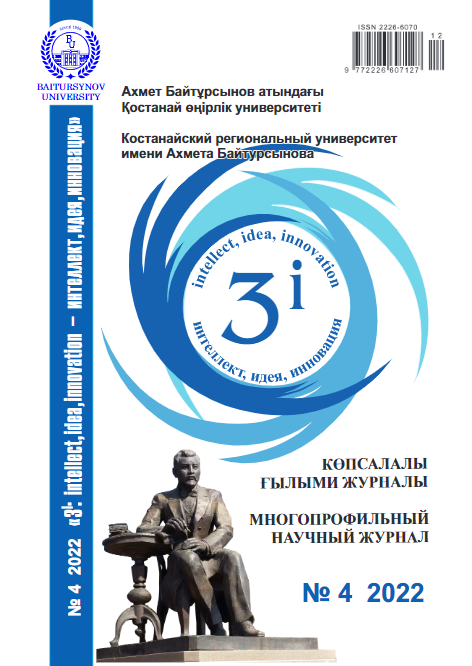GIS ASSESSMENT OF THE STATE OF THE MAKTARAL IRRIGATED LANDS AND THE POSSIBILITY OF REUSE OF COLLECTOR-DRAINAGE WATER
GIS ASSESSMENT OF THE STATE OF THE MAKTARAL IRRIGATED LANDS AND THE POSSIBILITY OF REUSE OF COLLECTOR-DRAINAGE WATER
DOI:
https://doi.org/10.52269/22266070_2022_4_158Keywords:
collector-drainage waters, irrigation, irrigated areas, soil salinization, remote sensing, GISAbstract
The article presents the results of field and remote monitoring works using satellite data. Examples of data processing from LandSat-8 satellites are shown. The purpose of the study is to assess the ameliorative state of the irrigated lands of the Maktaaral massif using GIS and the possibility of reuse of the collector-drainage waters.
The collected Satelite images were processed and interpreted and the necessary data were extracted with subsequent entry into the geodatabase. The licensed ArcGIS software was used to process satellite images. As field and laboratory data on the chemical condition of collector-drainage waters, data from the reports of research works conducted by specialists of the "Kazakh Research Institute of Water Management" LLP were used.
The results of the GIS assessment show that the worst land reclamation sites are located within the rural districts of Kazybek bi, Maktaaral, Kalybekov, Kyzylkum, Zhyly su, Karakay, Yntymak. Flooding and salinity of soils in these areas are confirmed by high values of the NDSI index.
According to the danger of soil salinization, the total mineralization of drainage waters is no more than 2.5-3.0 g/l, and according to the danger of salt accumulation and the toxicity of individual ions, the permissible mineralization is in the range of 2.0-2.5 g/l. By the irrigation coefficient, 20-25% of the drainage water volume of the Maktaaral massif, in the irrigation period, can be reused for irrigating crops without dilution with river water.




